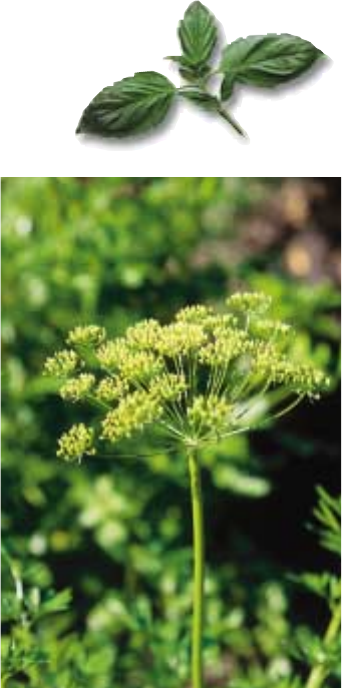
27
outer covering may be removed. Rub
the seeds between the palms of your
hands while blowing on them to
remove the husks. Place larger seeds on
a Clean-A-Screen
®
sheet. Place smaller
seeds loosely on a Fruit Roll sheet.
Dehydrate until there is no moisture
evident. If seeds are to be used for
planting, dry at room temperature
to maintain germination ability.
Testing for Dryness
Herbs are dry when they snap and
crumble easily. Stems should be brittle
& break when bent. Seeds should be
brittle & usually need additional
drying after they are removed from
the seed pods.
To be certain that herbs are sufficiently
dry, place in an airtight container for
several days. If condensation appears on
the inside of the container, they need
further drying.
Packaging
Dark colored jars with airtight lids are
ideal for storing herbs. They don’t allow
light in, which tends to fade and weak-
en herbs. You can use other containers
as long as they exclude air, light and
moisture. Air and light result in flavor
loss; moisture results in caking and
color loss or insect infestation.
Storage
As with other dried foods, dried herbs
and seeds should be stored in the
coolest place available, preferably below
60°F (15°C), to maintain the best flavor.
Do not crush or grind until ready to
use. Crushing exposes more surfaces
to the air, resulting in flavor loss. With
proper packaging and good storage
conditions, dried herbs and spices
should keep well for 6-12 months.
Using Dried
Herbs & Spices
Since dried herbs and spices are usually
3 to 4 times stronger than their fresh
counterparts, use conservatively. Their
taste should be subtle and not over-
powering. The zest of dried herbs is
dependent upon the storage condition
and length of time stored. Sharpness of
flavor deteriorates with age.
Some herbs, such as mint or basil, lose
their flavor more rapidly than others
when dried. It may take nearly an equal
volume of some dried herbs to replace
the amount of fresh called for in a
recipe.


















